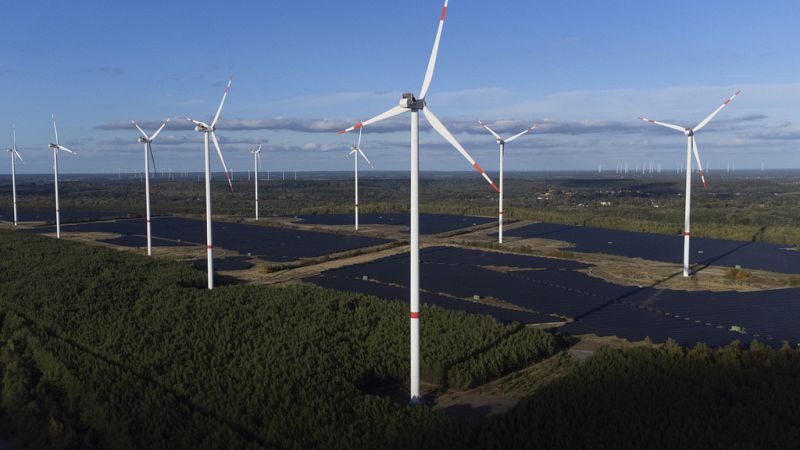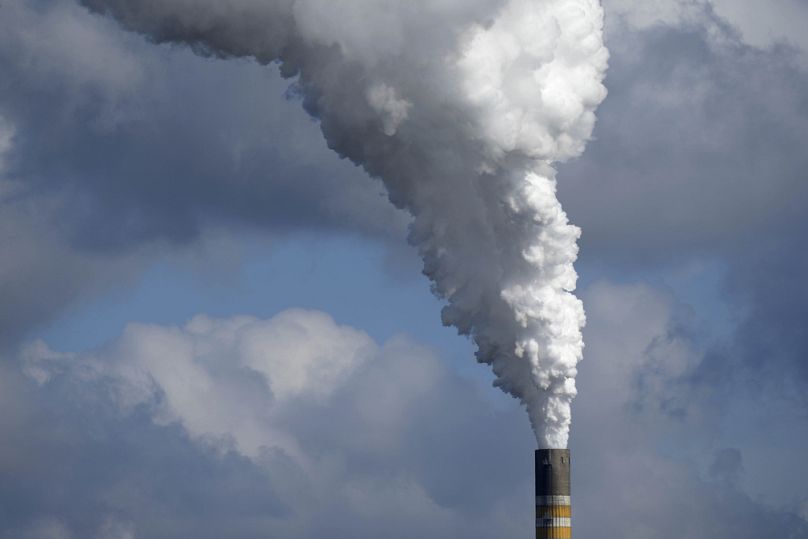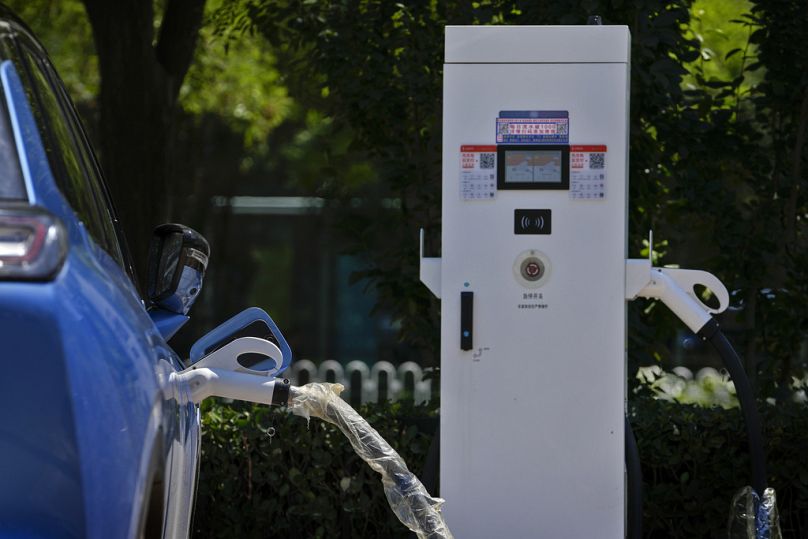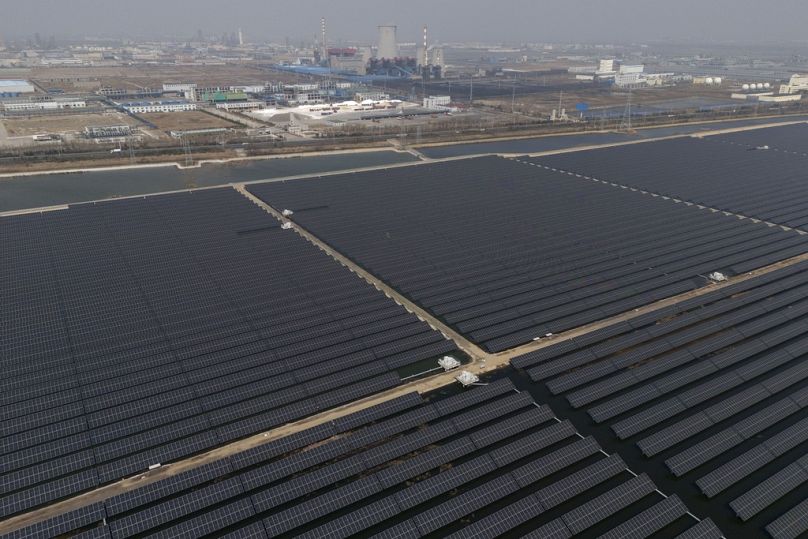Has the demand for fossil fuels already peaked? A new report suggests that may be the case

Clean energy is on the up - but it’s not all good news.
A new report released on Wednesday by the International Energy Agency (IEA) shows that the world is set to make abundant clean energy by the second half of 2020s - but warns there will also be an excess of planet-warming fossil fuels.
While the production of batteries and solar panels surges, the world’s pace away from fossil fuels is still far from what's needed to cap warming to 1.5 degrees Celsius above pre-industrial times - the limit set in the Paris Agreement.
The World Energy Outlook report shows that the world is instead on pace to hit 2.4 degrees of warming by 2050.
“We’re now moving at speed into the Age of Electricity,” IEA Executive Director Fatih Birol said, marking the release of the annual World Energy Outlook.
Energy worldwide will "increasingly be based on clean sources of electricity,” he added.
What’s behind the continuing large production of fossil fuels?
In order to understand this issue, it’s important to look to China.
The report admits that the Asian nation is driving global energy trends, but that’s not necessarily a good thing. In actual fact, although it is the main manufacturer of solar panels and batteries, it’s also the world's biggest emitter of greenhouse gases.
In recent years, China has accounted for most of the growth in oil demand. However, electric vehicles now make up some 40 per cent of new sales of cars there, which has caused major oil and gas producers to say they’re “in a bind.”
The IEA’s findings indicated that China's emissions of planet-warming gases may peak by 2025, but “given the changes underway in China we think that might be a bit pessimistic,” said Bill Hare, CEO of Climate Analytics.
Hare added “there's every chance” China's emissions already peaked in 2023 - but that more data is needed to be entirely sure that is the case.
What is China’s role in the production of electric vehicles?
Not only does China already account for half the world’s electric vehicles (EVs) on the road but, by 2030, it’s projected that 70 per cent of all new car sales in China will be electric.
It’s also significantly stepped up its production of wind and solar power, meaning that China is aligned with its own target for addressing climate change.
The IEA’s report outlines a future where EV adoption continues to gain momentum and, positively, suggests the practice could potentially displace up to 6 million barrels per day of oil demand by as soon as 2030.
Based on current trends and policies and the availability of materials, it adds, EVs should reach 50 per cent of global car sales in 2030.
Despite this positive news, the clean energy expansion is also happening alongside a rise in demand for energy: "This has meant that even as we saw record growth in clean energy installations and additions, emissions kept increasing,” said Lauri Myllyvirta, lead analyst at the think tank Centre for Research on Energy and Clean Air.
Other reasons for electricity demand growing even faster than expected?
“[It’s] driven by light industrial consumption, electric mobility, cooling, and data centres and AI,” the report says.
The IEA is hopeful that the demand for coal, oil and gas will drop off within the decade globally, with carbon emissions also reaching their highest point and ramping downwards. The report explains that the expansion of wind and solar power, alongside the increasing adoption of EVs, should mean a cleaner future for energy.
However, it also points out that, as China rapidly switches toward batteries and renewable energy, oil companies are increasingly selling more of their product to India.
The IEA projects that India will add nearly two million barrels per day of oil to its demand by 2035. That could be good news for oil producers looking to offset declining growth in other regions - but is not good news for the planet.
Today




